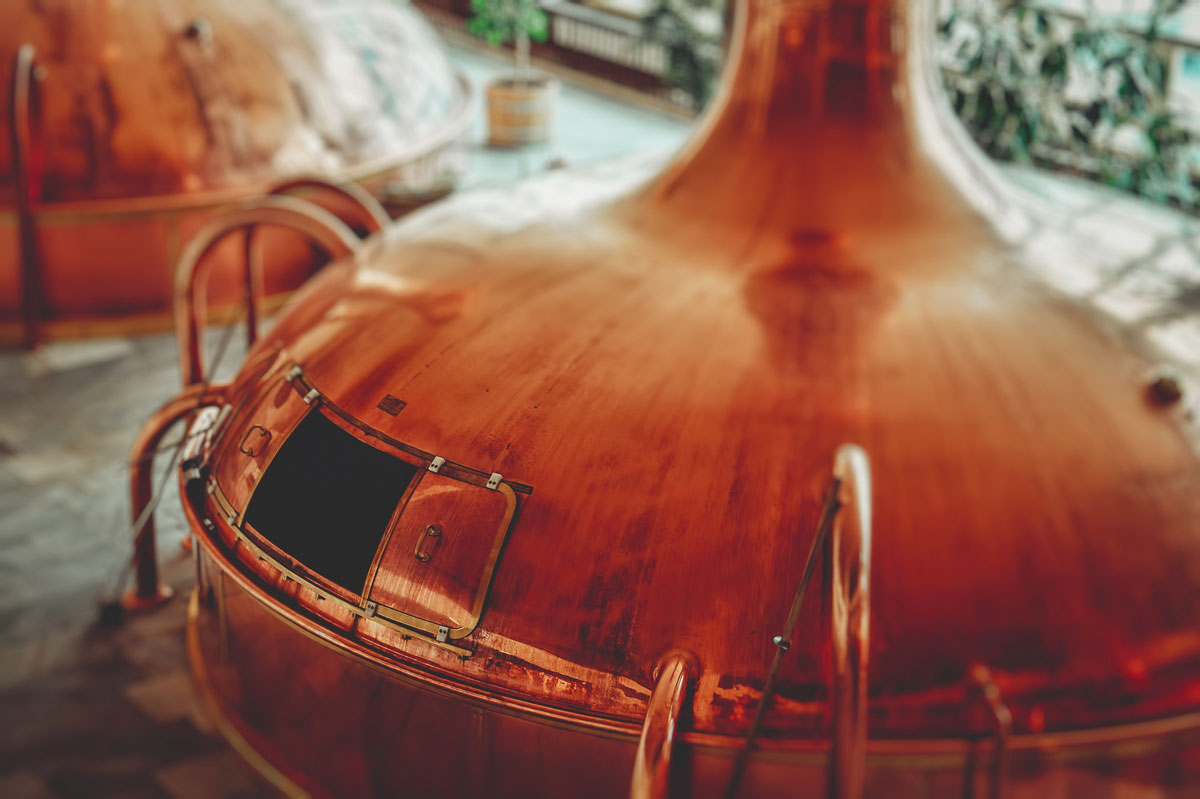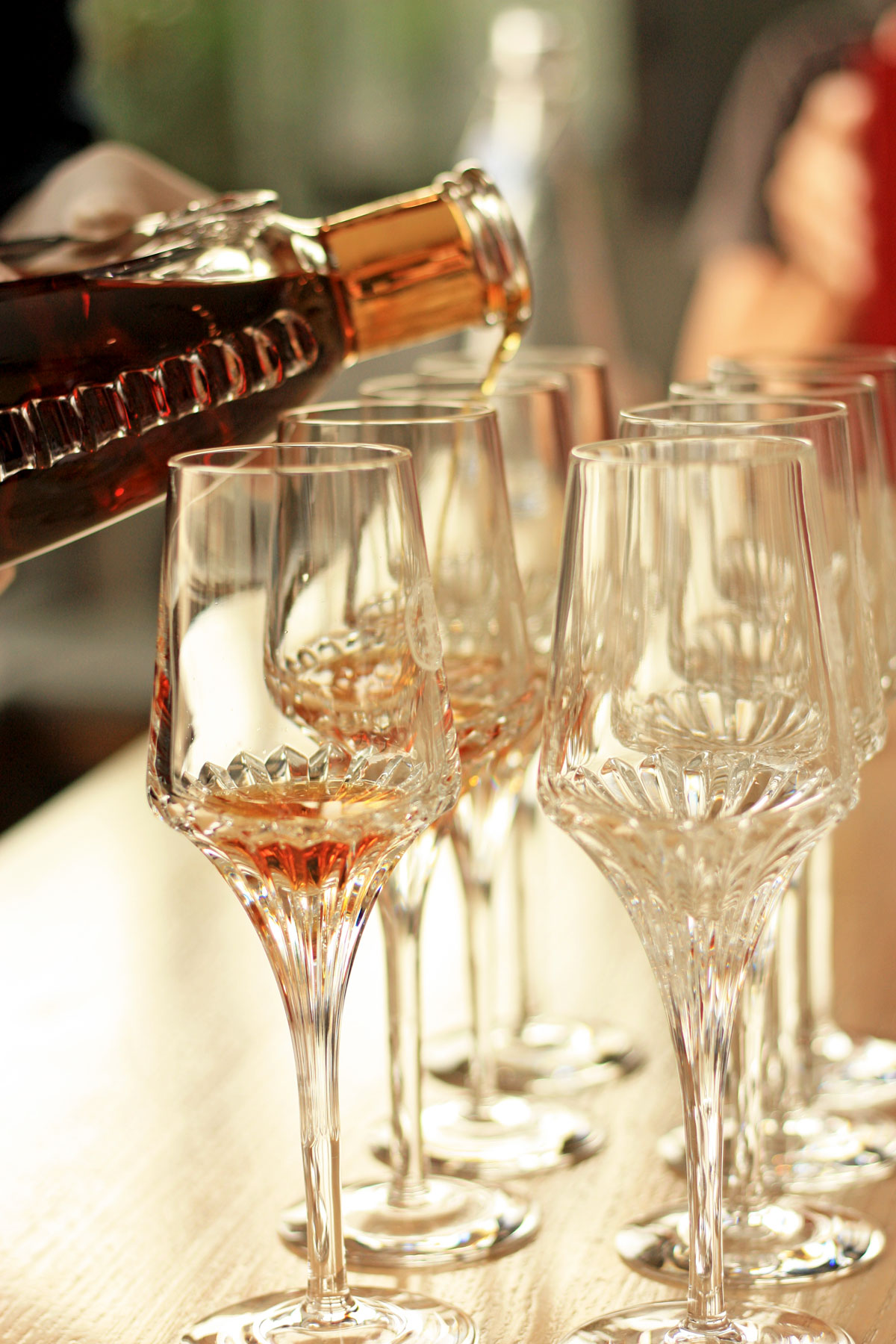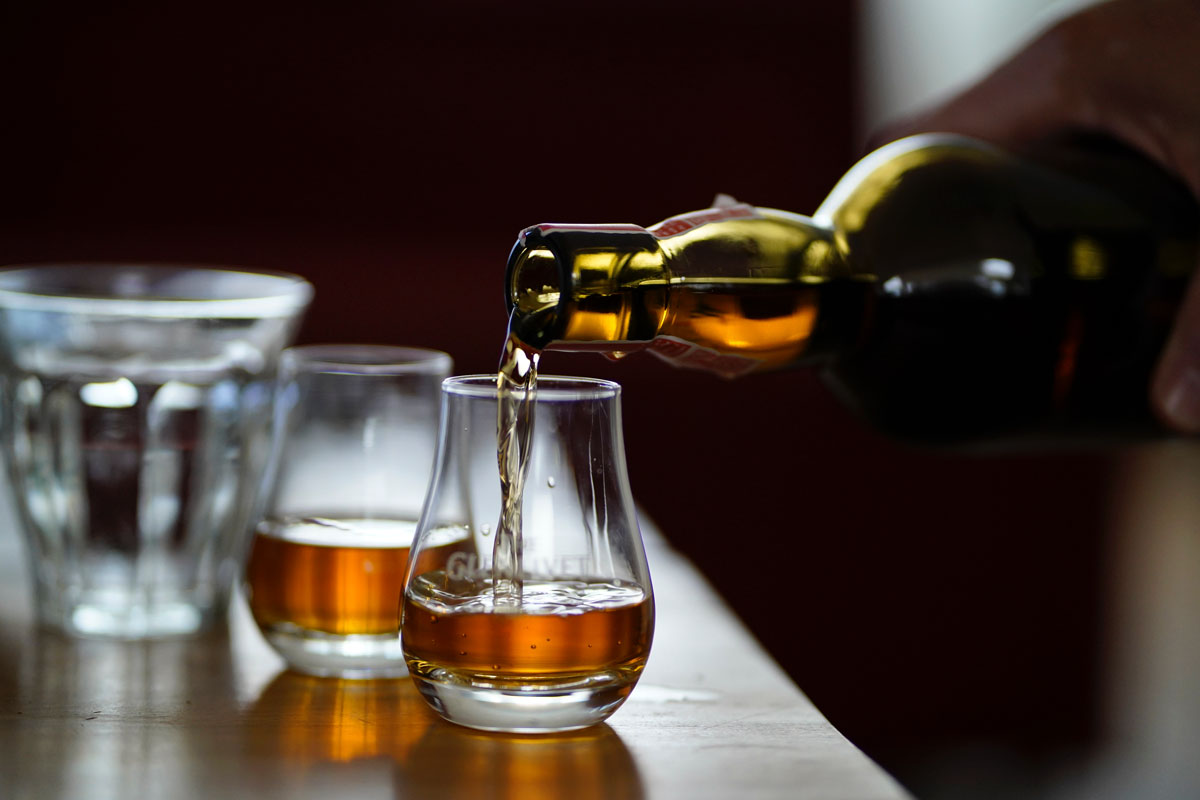Whiskey’s popularity is surging in recent years and for good reason. The wide variety of whiskeys available means almost anyone can find one they enjoy. Many people who like whiskey might be surprised to find they also appreciate cognac. These two distilled spirits have many similarities and, of course, quite a few differences as well. If you’re curious to learn more about cognac vs. whiskey, we have everything you need to know!
Distilled Spirits

Both whiskey and cognac are distilled spirits. Both are created through the process of fermentation whereby sugars are converted to ethanol. They are then aged in barrels. Generally speaking, the longer the spirits age in the barrels, the smoother the taste will be. The barrels themselves also contribute to both the color and taste of the spirits. Scottish whiskey and cognac are also both distilled in pot stills at a low proof.
Like whisky, Cognac is matured in oak casks. New spirit is placed into new Limousin oak, then often moved into older, more neutral casks. Unlike whisky, Cognac traditionally eschews specific age statements in favor of broader age categories. The opening standard is VS (very special), aged at least 2 years in cask. VSOP (very superior old pale) is at least 4 years old; Napoléon is aged a minimum of 6 years; and as of April 2018, XO (extra old) spends at least a decade in a barrel. However, some Cognac labeled XO is much older than the minimum in practice, often by a couple of decades or more. Some producers also now release Cognacs with traditional age statements, like Courvoisier’s 21 year old. –Whisky Advocate
Grapes

The big difference in cognac vs whiskey is the base product being distilled. Cognac is a brandy made from grapes, essentially a distilled wine. Only brandy made in the Cognac region of France may be called a Cognac.
Cognac’s appellation of origin regulates everything, from which grapes can be used and where they’re grown to how they’re vinified, distilled, and aged. The most common grapes used in Cognac are the white grapes Ugni Blanc, Folle Blanche, and Colombard. They make thin and unremarkable wines, but are transformed with distillation and aging. The Cognac region surrounds the town of the same name in a coastal region near Bordeaux. Within Cognac are six growing regions, called crus, delineated by their soil. They are Grande Champagne, Petite Champagne, Borderies, Bons Bois, Fin Bois, and Bois Ordinaires. -Whisky Advocate
The grapes are fermented into an acidic wine. The juice is fermented about 5 days before distilling. Cognac is made from a double distillation process. This produces what’s known as eaux-de-vie. The eaux-de-vie is then aged in oak barrels or casks.
Grains

Whiskey, on the other hand, is made from grains, usually barley. It is may or may not be malted first, then mixed with yeast and water then distilled.
The process of distilling increases the alcohol content of the liquid and brings out volatile components, both good and bad. Stills are usually made of copper, which helps strip spirits of unwanted flavor and aroma compounds. Nearly all whiskies are aged in wood—usually oak—containers. Bourbon, rye, and other types of American whiskey must be aged in new charred oak barrels, while for other countries’ styles, the type of oak and its previous use are generally left up to the producer. Barrels are stored in warehouses, and as the whisky matures, some of the alcohol evaporates: This is known as the angels’ share, and it creates a distinct (and lovely) smell in the warehouse. -Whisky Advocate
When exploring cognac vs. whiskey, we see that they are quite different. Many lovers of one also enjoy the other.